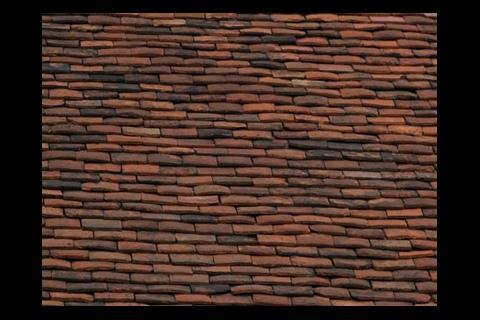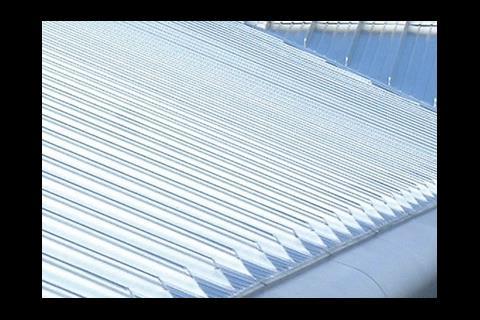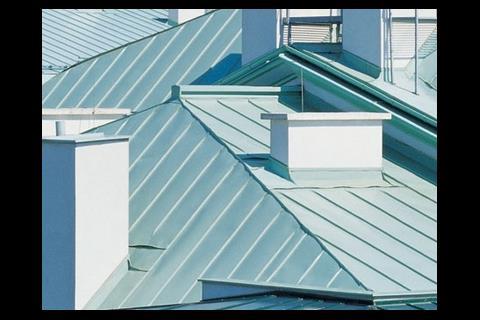Reducing wind damage to roofs is one key to meeting the challenge of climate change. Peter Mayer of Building LifePlans considers the whole-life costs of materials
Anyone almost blown away by the January winds or who witnessed the damage they did to roofs will be wondering about the stability of the structures above their own head. The bad news is that forecasts predict more frequent high winds in the future.
The effect of these gales on the long-term performance and whole-life costs of roofs is mixed:
• For roofing materials such as clay, concrete and slate, which fail from freeze/thaw cycles, the milder temperatures may result in longer lives and lower whole-life costs
• Higher wind speeds may result in damage to vulnerable roof areas, in particular edges. Repairs will mean higher whole-life costs.
The recent BRE digest, Designing Roofs for Climatic Change, recommends a 10% increase in the fixing frequency of roof coverings to prevent wind damage, which will raise capital costs but lower whole-life costs.
The code of practice for slating and tiling, BS 5534:2003, covers fixing location and frequency but it is quite complex. A simplified approach is The Zonal Method for Roof Tile Fixing Specifications.
Roof covering options
Pitched roof coverings should be specified to European standards or have third-party assurance.
• Clay roofing tiles and fittings. These are covered by BS EN 1304:2005. Durability is confirmed by tests for flexural strength, impermeability and frost resistance. When importing clay tiles, ensure compliance to frost resistance test method D to BS EN 539-2.
Some clay interlocking tiles have third party assurances for pitches below 20°C but check for use in severe exposure zones.
Handmade clay tiles may not meet the requirements of BS EN 1304, but durability can be assured by testing for flexural strength, impermeability and frost resistance
• Concrete tiles. BS EN 490: 2004 considers mechanical resistance, water impermeability and freeze/thaw resistance
• Artificial slate. Fibre cement slates are covered by BS EN 492:2004 which includes tests for bending resistance, water impermeability, freeze/thaw and heat-rain cycling. Service life guarantees between 20 and 30 years are available.
Alternative materials include resin-based reconstituted slates and polyethylene composite moulded slates, with service lives of over 20 years. Colour fading and edge-curling may occur
• Natural slates. BS EN 12326-1:2004 tests slates for bending strength, freeze/thaw resistance, water absorption, thermal cycling and sulphur dioxide exposure.
The thermal cycling test allocates one of three codes based on appearance, surface oxidisation and changes in metallic minerals. T1 and T2 indicate no structural change. T3 indicates risk of water penetration.
The sulphur dioxide test also results in three codes, which determines the minimum thickness of the slate.
• Wood shingles and shakes. Shingles are sawn, shakes split. Western red cedar offers a roof covering from a renewable source so scores on sustainability. Although it is naturally durable, timber preservative treatment is usually applied. Fire retardant treatment may also be required. Fixings should be stainless steel and care should be taken with acidic run-off from cedar.
Design and installation should follow the codes of practice BS 5534 and BS 8000-6.
Postscript
Building LifePlans provides latent defects warranty for all buildings. Log on to www.componentlife.com for building component durability information.
For further information contact peter.mayer@buildinglifeplans.com or telephone 020-7204 2441.
Article appeared in Building magazine as How much it costs
Specifier 02 February 2007
- 1
- 2
- 3
 Currently reading
Currently readingWhat it costs: roof coverings
- 4
- 5


































No comments yet